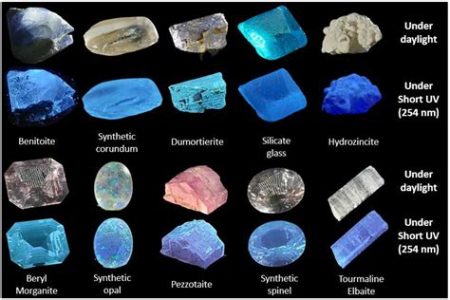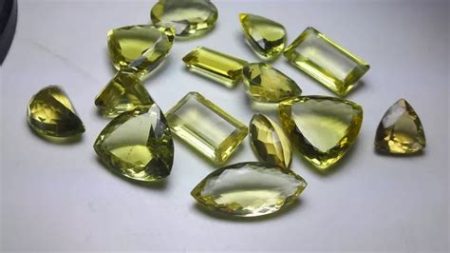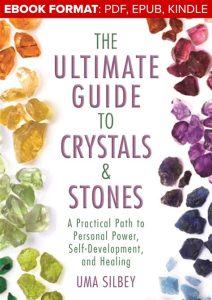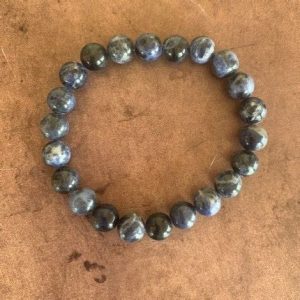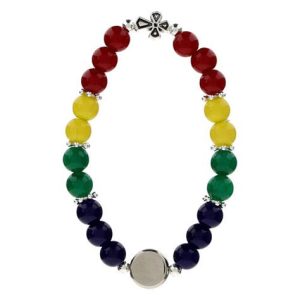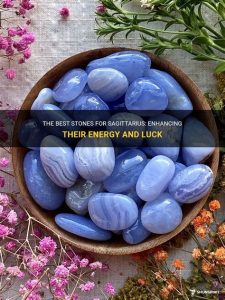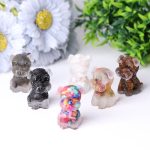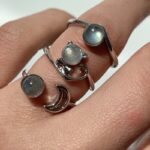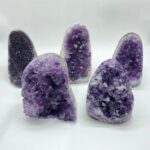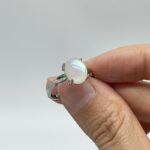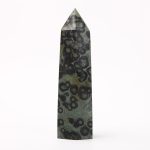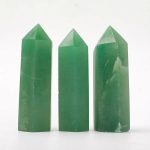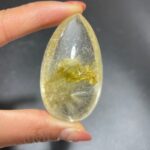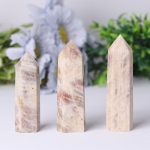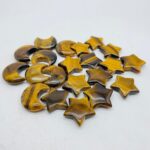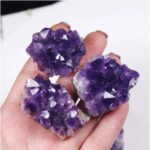Introduction
Amethyst, the captivating purple gemstone, has adorned jewelry and objects of beauty for centuries. However, with the advent of advanced imitation techniques, discerning between genuine and counterfeit amethyst has become increasingly challenging. This comprehensive guide will delve into the intricacies of amethyst authenticity, empowering you to make informed purchases with confidence.

Defining Real Amethyst
Natural amethyst is a type of quartz that derives its characteristic purple hue from iron impurities. It occurs in various geological formations, including geodes, veins, and pegmatites. The color intensity ranges from pale lilac to deep violet, with certain specimens exhibiting a secondary red or reddish-orange tint known as “ametrine.”
Identifying Fake Amethyst
Synthetic or imitation amethyst, often referred to as “simulated amethyst,” is created using various materials and techniques. These include:
- Glass: Glass beads or stones are colored with manganese or cobalt to mimic the appearance of amethyst.
- Plastic: Plastic beads or gemstones are molded and colored to resemble genuine amethyst.
- Cubic Zirconia: Cubic zirconia is a man-made material that can be cut and polished to simulate the brilliance of amethyst.
- Dyed Quartz: Clear or white quartz crystals are artificially colored to achieve an amethyst-like hue.
Comparative Analysis
To distinguish between real and fake amethyst, consider the following comparative aspects:
Color:
– Genuine amethyst typically exhibits a natural purple or reddish-purple hue.
– Simulated amethyst may appear more uniformly colored or have an artificial, glassy luster.
Clarity:
– Natural amethyst often contains inclusions or imperfections, giving it a slightly cloudy or hazy appearance.
– Imitation amethyst may be perfectly clear or have artificially added inclusions to create the impression of authenticity.
Hardness:
– Amethyst is a relatively hard mineral, with a Mohs hardness of 7.
– Simulated amethyst made from glass or plastic will be softer and more susceptible to scratching.
Fluorescence:
– Genuine amethyst exhibits a slight fluorescence under ultraviolet light.
– Simulated amethyst may not fluoresce or exhibit an unnatural fluorescence.
Specific Gravity:
– Real amethyst has a specific gravity of approximately 2.65 grams per cubic centimeter.
– Imitation amethyst made from glass or plastic will have a lower specific gravity.
Common Mistakes to Avoid
- Relying on Color Alone: Color is an important indicator, but it is not always reliable. Some imitation amethyst may mimic the color of genuine amethyst very closely.
- Assuming Inclusions Guarantee Authenticity: While inclusions are characteristic of real amethyst, they can also be artificially added to simulated amethyst.
- Trusting Vendors Without Verification: Be wary of vendors who claim to sell genuine amethyst without providing proof of authenticity.
Why Authenticity Matters
Genuine amethyst holds significant value both aesthetically and financially. It is a natural gemstone with a unique beauty and metaphysical properties. Fake amethyst, on the other hand, lacks the same intrinsic worth and can diminish the perceived value of jewelry or other objects.
Benefits of Authentic Amethyst
- Increased Value: Genuine amethyst retains its value over time and is often considered a wise investment.
- Enhanced Aesthetics: The natural beauty and imperfections of real amethyst add to its charm and uniqueness.
- Emotional and Spiritual Benefits: Amethyst is believed to promote tranquility, clarity, and spiritual growth.
Pros and Cons of Real vs. Fake Amethyst
Pros of Real Amethyst:
- Intrinsic value and beauty
- Unique and authentic
- May have metaphysical properties
Cons of Real Amethyst:
- More expensive than simulated amethyst
- May contain inclusions or imperfections
- Can be more difficult to find
Pros of Fake Amethyst:
- Less expensive
- May be perfectly clear or have added inclusions
- Readily available
Cons of Fake Amethyst:
- Lacks the intrinsic value of genuine amethyst
- May appear artificial or glassy
- May not offer the same metaphysical benefits
Reviews
Reviewer 1:
“I was skeptical about buying amethyst online, but I was pleasantly surprised by the quality of the genuine amethyst I received. It’s a beautiful, natural gemstone that I’m proud to wear.”
Reviewer 2:
“I purchased simulated amethyst for my costume jewelry and it looks very realistic. I’m happy with the affordability and appearance, but I understand that it’s not as valuable as the real thing.”
Reviewer 3:
“I was sold a fake amethyst as genuine, and I was very disappointed. The color was too uniform and it scratched easily. Make sure to verify the authenticity before making a purchase.”
Reviewer 4:
“I have both real and simulated amethyst jewelry. The real amethyst has a more subtle and natural beauty, while the simulated amethyst is more vibrant and eye-catching. I appreciate the different aesthetics and value each piece for its own unique merits.”
Case Detail: Comparative Analysis
A laboratory analysis of a suspected fake amethyst revealed the following results:
- Color: Uniform purple, no reddish tint
- Clarity: Perfectly clear, no inclusions
- Hardness: 5.5 on the Mohs scale
- Fluorescence: None
- Specific Gravity: 2.45 grams per cubic centimeter
Based on these results, the specimen was determined to be imitation amethyst, likely made from dyed glass.
Conclusion
Understanding the differences between real and fake amethyst empowers consumers to make informed decisions and appreciate the true value of this gemstone. While simulated amethyst may offer an affordable alternative for certain applications, genuine amethyst remains the timeless symbol of beauty, authenticity, and intrinsic worth. By embracing the nuances of amethyst authenticity, individuals can ensure they possess the real gem that will endure as a cherished heirloom for generations to come.



